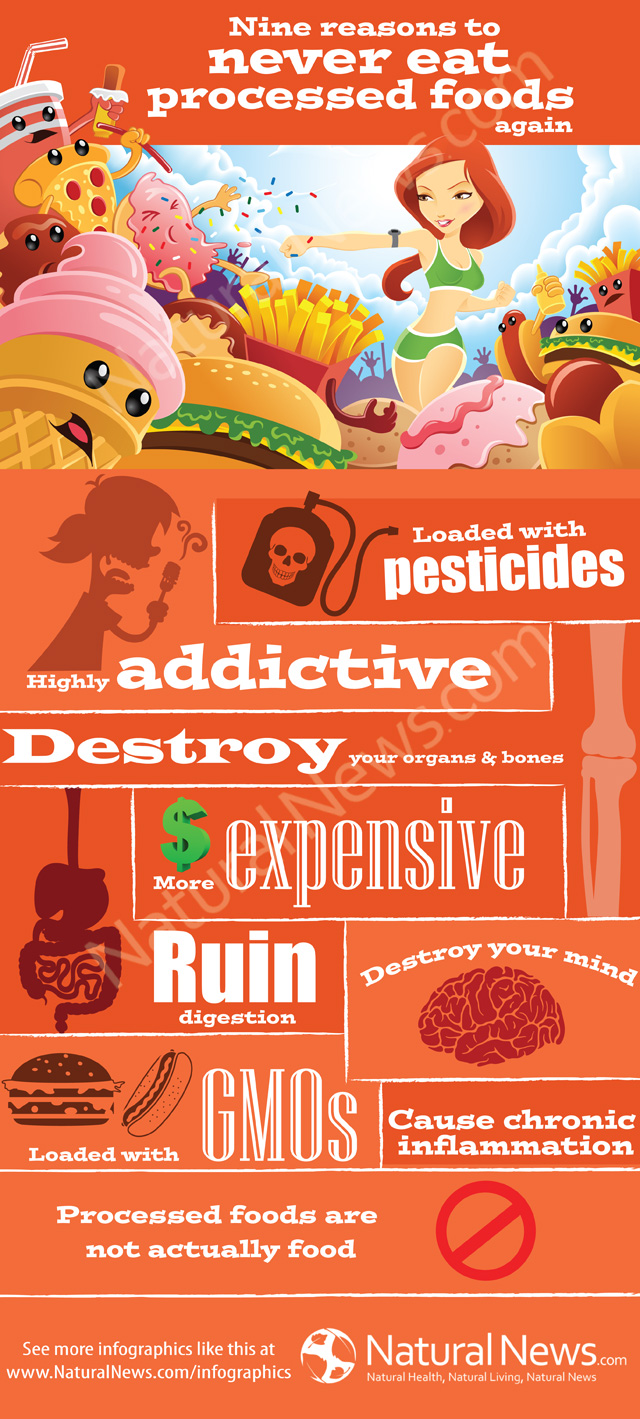
Proper nutrition supports the body’s detoxification systems.
Whether out for a run, grilling your favorite meats on a hot summer day, or spring cleaning the house, our bodies are exposed to millions of chemicals considered “toxins”. These toxins in our environment (exotoxins) and that our bodies produce (endotoxins) have the ability to disrupt the essential biological structures needed for the body to function such as DNA, cellular membranes, and protein. Repeated exposure to various toxins can contribute to adverse health effects in the short-term such as headaches, nausea, and fatigue; and in the long-term can contribute to weight gain and chronic health outcomes.
Detoxification is essential for ridding the body of toxins and preventing their “health robbing” effects. Although all cells have the ability to detoxify toxins, the most important organ for detoxification is the liver–known as the body’s filter and purification system.
Fat Cells House Toxins
Toxins enter the liver as either water- or fat-soluble molecules. Water-soluble toxins are rather easily metabolized and excreted into the urine. In contrast, fat-soluble toxins can be stored in fat cells where they are protected from the body’s detoxification systems.
Excess fat stores, especially organ-bathing visceral fat, are linked to several diseases such as diabetes, cardiovascular disease, and metabolic dysfunction. The addition of toxin exposure to an overweight or obese individual may only serve to increase these risks (1).
Three Phases of Detoxification
There are three phases of detoxification (2). In the first step, the toxin is metabolized by phase I detoxifying enzymes resulting in an intermediary metabolite. Although there are several phase I enzymes, the most abundant and important are the cytochrome P-450s (P-450s).
During detoxification, P-450s perform two functions: 1) they make toxins more water-soluble, and 2) they convert the toxin into a molecule usually less toxic and, therefore, less reactive towards our DNA, proteins, etc. (Interestingly, sometimes this reaction converts a less toxic molecule into a more toxic molecule, which is where phase II detoxification steps in.) The result is a more water-soluble, less toxic molecule easily transported into the blood, through our kidneys, and out into the urine for elimination.
After undergoing phase I detoxification many toxins are then subject to phase II detoxification. At its most basic level, phase II enzymes place a water-soluble small molecule onto the toxin.
One of the most important phase II detoxifying enzymes is known as glutathione (GSH) transferase. As the name implies, the GSH transferases transfer a GSH molecule onto the toxin. Like phase I detoxification, this step also serves to make the toxin water-soluble and less toxic to the body.
Besides GSH, the body uses several other molecules to bind to the toxin and increase its solubility including sulfates, amino acids, and glucuronic acid. The use of these water-soluble small molecules makes sense considering that our cells have a surplus of these molecules inside or outside the cell. However, if we’re exposed to excessive amounts of toxins they could rapidly deplete our GSH levels resulting in too little GSH to do what it does best, which is to protect against free radicals and detoxify toxins.
Finally, phase III of detoxification involves the elimination of toxins from cells. In this step, the products of phase I and II reactions are transported out of cells and into the bloodstream for elimination.
Proper Nutrition Essential for Detoxification
To ensure optimal functioning of our detoxification systems it is essential to have an adequate dietary intake of vitamins (B vitamins, vitamins C, and E), minerals (selenium, zinc, copper), and other bioactive nutrients such as coenzyme Q10 and polyphenols. These nutrients bolster our detoxification defenses either through their roles in phases I, II or III of detoxification or by providing antioxidant support (3). Nutritional support is essential in the detoxification process because some toxins are produced as the result of free radicals. Additionally, nutritional support is needed to counteract the oxidative damage caused by toxins.
Plant botanicals including ashwagandha, aloe vera, and turmeric (
Cleanse for Life), milk thistle (
Product B), resveratrol, and other antioxidant vitamins and botanicals (
Ageless Essential Daily Pak) have all been shown to improve detoxification. Beyond these micronutrients, the detoxification system also needs an adequate source of the amino acid cysteine, the sulfur-containing amino acid essential for GSH production. Luckily, cysteine is abundant in whey protein found in
IsaLean Shakes,
Bars, and
Soups.
Calorie Restriction and Intermittent Fasting Stimulate Detoxification
Although not yet extensively examined in humans, subjecting animals to calorie restriction (CR) or intermittent fasting (IF) has also been shown to increase efficiency of detoxification pathways. The precise mechanisms responsible for the benefits of CR or IF on detoxification are unclear, but it’s thought that these two cleansing protocols “turn on” genes that increase synthesis of our detoxification enzymes within the phase I, II or III pathways.
Additionally, the reduction of fat mass—the primary target for toxin storage—stimulates the release of toxins into the circulation. Once in the bloodstream toxins are more easily metabolized and excreted from the body. When the body has the additional nutritional support of amino acids, vitamins, polyphenols, and other bioactive ingredients, the detoxification enzymes can perform at peak function.
The Isagenix system ingeniously incorporates both intermittent fasting on Cleanse Days and calorie restriction on Shake Days to help you burn fat and stimulate the release of fat-stored toxins. The polyphenol-rich nutrients and plant extracts found in Cleanse For Life provide plant-based antioxidants (4-7) that support the detoxification enzymes responsible for toxin elimination. Also, the whey protein in IsaLean Shake supplies essential amino acids such as cysteine that can boost GSH production (8,9) and facilitate toxin removal.
References:
1. Holtcamp W. Obesogens: an environmental link to obesity. Environ Health Perspect 2012;120:a62-a68.
2. Liska DJ. The detoxification enzyme systems. Altern Med Rev 1998;3:187-98.
3. Yang YM, Noh K, Han CY, Kim SG. Transactivation of genes encoding for phase II enzymes and phase III transporters by phytochemical antioxidants. Molecules 2010;15:6332-48.
4. Vinson JA, Al KH, Andreoli L. Effect of Aloe vera preparations on the human bioavailability of vitamins C and E. Phytomedicine 2005;12:760-5.
5. Kim BH, Hong SS, Kwon SW et al. Diarctigenin, a lignan constituent from Arctium lappa, down-regulated zymosan-induced transcription of inflammatory genes through suppression of DNA binding ability of nuclear factor-kappaB in macrophages. J Pharmacol Exp Ther 2008;327:393-401.
6. Ahmad MK, Mahdi AA, Shukla KK et al. Withania somnifera improves semen quality by regulating reproductive hormone levels and oxidative stress in seminal plasma of infertile males. Fertil Steril 2010;94:989-96.
7. Krikorian R, Shidler MD, Nash TA et al. Blueberry supplementation improves memory in older adults. J Agric Food Chem 2010;58:3996-4000.
8. Bounous G, Gold P. The biological activity of undenatured dietary whey proteins: role of glutathione. Clin Invest Med 1991;14:296-309.
9. Sekhar RV, Patel SG, Guthikonda AP et al. Deficient synthesis of glutathione underlies oxidative stress in aging and can be corrected by dietary cysteine and glycine supplementation. Am J Clin Nutr 2011;94:847-53.
www.fatbgone.org
















